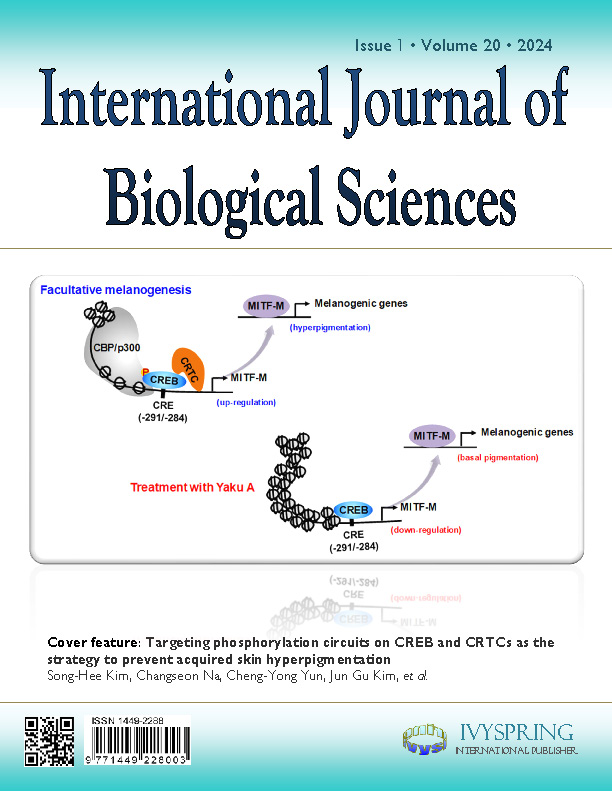锌指抗病毒蛋白 (ZAP) 作为病毒感染调节剂的多功能性
IF 8.2
2区 生物学
Q1 BIOCHEMISTRY & MOLECULAR BIOLOGY
引用次数: 0
摘要
锌指抗病毒蛋白(ZAP)是一种限制因子,能有效阻碍多种 RNA 和 DNA 病毒的复制。近年来,ZAP 的锌指对富含 CpG 二核苷酸的单链 RNA(ssRNA)的亲和力被发现。RNA 中 CpGs 的高频率可能表明 RNA 并非来自自身,这突出了 ZAP 作为(病毒)RNA 潜在细胞传感器的重要性。在与病毒 RNA 结合后,ZAP 会招募细胞辅助因子来协调微调的抗病毒反应,通过不同的机制限制病毒的复制。这些机制包括促进病毒 RNA 降解、抑制 RNA 翻译以及与其他免疫途径协同作用。据报道,根据病毒种类和实验装置的不同,不同的同工酶和细胞辅助因子在形成 ZAP 介导的抗病毒反应中起主导作用。在此,我们回顾了 ZAP 是如何通过与 RNA、细胞辅助因子和病毒蛋白的不同相互作用对病毒复制产生不同影响的,并讨论了这些相互作用是如何形成迄今已报道的 ZAP 抗病毒机制的。重要的是,我们放大了 ZAP 抗病毒系统的未知方面及其在疫苗设计中的治疗潜力。本文章由计算机程序翻译,如有差异,请以英文原文为准。
Versatility of the Zinc-Finger Antiviral Protein (ZAP) As a Modulator of Viral Infections
The zinc-finger antiviral protein (ZAP) is a restriction factor that proficiently impedes the replication of a variety of RNA and DNA viruses. In recent years, the affinity of ZAP's zinc-fingers for single-stranded RNA (ssRNA) rich in CpG dinucleotides was uncovered. High frequencies of CpGs in RNA may suggest a non-self origin, which underscores the importance of ZAP as a potential cellular sensor of (viral) RNA. Upon binding viral RNA, ZAP recruits cellular cofactors to orchestrate a finely tuned antiviral response that limits virus replication via distinct mechanisms. These include promoting degradation of viral RNA, inhibiting RNA translation, and synergizing with other immune pathways. Depending on the viral species and experimental set-up, different isoforms and cellular cofactors have been reported to be dominant in shaping the ZAP-mediated antiviral response. Here we review how ZAP differentially affects viral replication depending on distinct interactions with RNA, cellular cofactors, and viral proteins to discuss how these interactions shape the antiviral mechanisms that have thus far been reported for ZAP. Importantly, we zoom in on the unknown aspects of ZAP's antiviral system and its therapeutic potential to be employed in vaccine design.
求助全文
通过发布文献求助,成功后即可免费获取论文全文。
去求助
来源期刊

International Journal of Biological Sciences
生物-生化与分子生物学
CiteScore
16.90
自引率
1.10%
发文量
413
审稿时长
1 months
期刊介绍:
The International Journal of Biological Sciences is a peer-reviewed, open-access scientific journal published by Ivyspring International Publisher. It dedicates itself to publishing original articles, reviews, and short research communications across all domains of biological sciences.
 求助内容:
求助内容: 应助结果提醒方式:
应助结果提醒方式:


